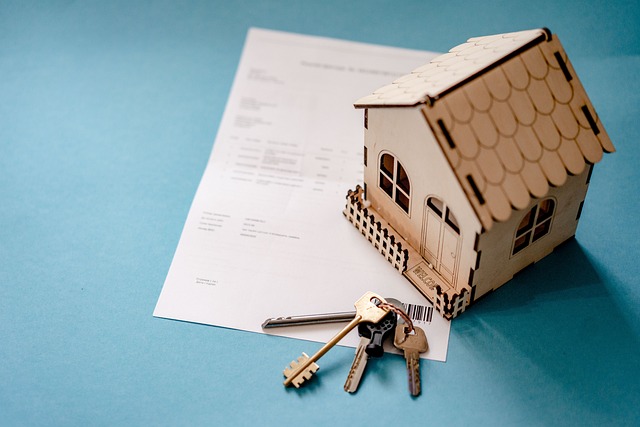Home insurance is responsible for offering financial protection against losses that have occurred due to theft, accidents, or disasters. Homes are the biggest assets for most Americans; insurance ensures these assets are catered for and compensation is done where due. Standard home insurance will usually cover personal belongings and dwellings, among others.
The following are some of the things that home insurance provides financial coverage for:
1. Personal Property Coverage
Your personal belongings are given protection from either theft or damage. Some of the personal belongings that are given coverage include:
- Jewelry
- Clothes
- Sports equipment
- Household furniture
Generally, the coverage is responsible for 50 to 70% of the house structure’s insurance. However, there are dollar limits for expensive belongings such as jewelry art, silverware, fur, and collectibles. Under the standard homeowners’ insurance are also shrubs, trees, and plants with dollar limits. The best way to determine how much coverage you are eligible for is through the conduction of an inventory.
2. Dwelling Coverage
The dwelling consists of the house and any other households or structures found within the property, like a shed or garage. This type of coverage covers the cost of rebuilding a home or making repairs, especially if they are major repairs. Damages that occur due to negligence or misuse are not covered because they are considered intentional damages.
The ways one can get reimbursed for their dwelling due to damages are:
Actual Cash Value Coverage– This level takes depreciation into account and is the lowest among all coverage levels.
Replacement cost coverage– It is an upgrade from actual cash value coverage, and it stands to cover home replacements or repairs but with materials similar to those used before. However, depreciation is not taken into account.
Extended replacement cost – This level of coverage offers a spike in materials or labor when a shortage occurs and the dwelling coverage has been exceeded. In most instances, the extended coverage might provide up to 25% over the already available dwelling coverage amount.
Guaranteed replacement cost – It is responsible for paying any repair or replacement costs and is considered the highest level of coverage.
3. Liability Protection
The liability coverage offers financial support if someone has a lawsuit against you because you have caused bodily harm or property damage but with exceptions. The coverage does not come through for you if the harm or damage caused was intentional or if it was a criminal act. Generally, this type of coverage covers all the people in your household, including pets.
The liability portion pays for both the court awards and the total cost of your court defense up to the limit spelled out in your policy document. The policy also comes with no-fault medical coverage that simply enables any person injured within your property to present their medical bills to the involved insurance company. Some of the instances where liability coverage can pay out are:
- Your dog biting someone and causing them injuries
- of someone’s fence by your pet or farm animal
- Your child breaking someone’s window using a baseball
- A guest slipping on the icy sidewalk of your house and incurring injuries
These limits start at $100,000 coverage, but it is possible to purchase higher amounts if need be.
4. Medical Payments Coverage
Similar to liability coverages, this type stands in if you cause someone living outside your household physical injuries. The coverage is usually sold in small amounts, between $1000 and $5000, and is a convenient way of covering medical expenses without having to file for lawsuits.
Liability insurance is responsible for more expensive injury claims. Like the liability coverage, there are no financial compensations for intentional harm caused.
5. Additional Living Expenses
Also known as the “loss of use coverage,” this type provides reimbursements for a temporary living when you are unable to stay at your property because of repairs or rebuilding. For the cover to be triggered, the damage must be related to a peril found in the policy.
Moreover, the definition of inhabitable varies depending on every company, and it is advised to check this with your home insurance company before signing up for it.
The home insurance type you choose depends on the type of home you live in. it could be a townhome, rental, single-family, mobile home, or condo, and the coverage varies depending on the type of chosen policy. Colby Insurance Group specializes in helping you set up a solid and secure protection plan so that all that matters to you is safeguarded in case of misfortunes.
Conclusion
The home insurance type you choose depends on the type of home you live in. it could be a townhome, rental, single-family, mobile home, or condo, and the coverage varies depending on the type of chosen policy. Moreover, the definition of inhabitable varies depending on every company, and it is advised to check this with your home insurance company before signing up for it.


